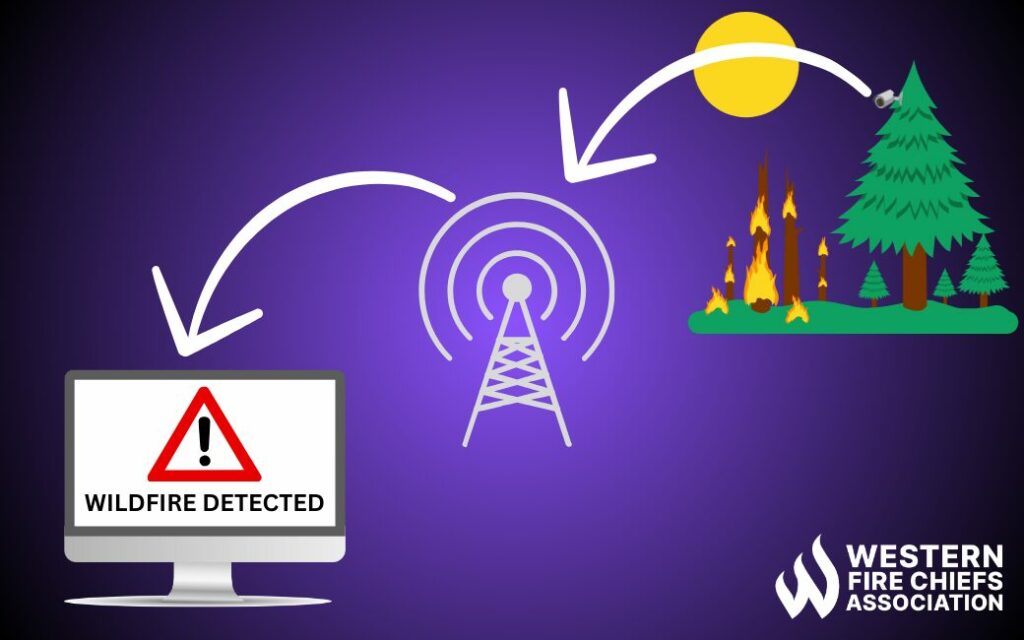Fire Pit Safety Tips
Stay safe around the campfire with tips from the Western Fire Chiefs Association. Learn essential precautions and practices for a worry-free outdoor campfire.
Enhance early wildfire detection with sensors. Explore the role of this technology in monitoring and managing wildfire risks with the experts at WFCA.
Published:January 23, 2024
Edited:April 14, 2024

Enhance early wildfire detection with sensors. Explore the role of this technology in monitoring and managing wildfire risks with the experts at WFCA.
Amidst the escalating threat of wildfires, there is an urgent necessity to improve early detection and rapid response like never before. This article explores the latest technologies that have the potential to significantly improve the ability to identify wildfires sooner. As communities confront increasing risks from these disasters, the utilization of advanced sensor technologies emerges as a promising solution to detect wildfires in their early stages. This enables timely actions to mitigate the harmful effects on both people and the environment.
Fire detection sensor technology represents an ultra-early wildfire detection system, particularly useful in remote areas where fires are most likely to spread unnoticed.2 To ensure continued access to these remote areas, the technology operates on solar power. This technology can include heat sensors, thermal cameras, or detectors capable of identifying various gases or smoke in the air. More commonly, these devices are controlled by artificial intelligence collecting extensive data on the areas they are deployed.1
Fire detection sensors are designed to recognize and alert for various indicators, including gases, temperature changes, humidity, and air pressure. Upon detecting any abnormalities, the alarm is triggered, notifying the connected software. Emergency services are then notified to respond early and mitigate the risk.3 Smoke and gas detectors search for gases and particles in the air associated with fires, such as carbon monoxide.

The growing popularity of this technology stems from its ability to identify potential fires before they reach full ignition and cause irreversible harm.4 This technology is especially popular in regions prone to wildfires and forest management, as well as for protecting infrastructure, residential areas, and communities.
The adoption of fire detection sensors comes with certain challenges, one being the maintenance of sensors located in remote areas. Although the maintenance will typically be few and far between, the sensors are not easily accessible. Another challenge is the possibility of false alarms, which could divert valuable resources to respond to a non-existent threat. However, some may argue it’s a “better safe than sorry” situation.
As technology progresses, fire detection sensor technology is poised to evolve. The future will see the emergence of intelligent systems capable of real-time analysis and interpretation of data. These advanced systems will excel in detecting patterns, monitoring environmental conditions, and distinguishing between routine activities and potential fire hazards.5
Stay safe around the campfire with tips from the Western Fire Chiefs Association. Learn essential precautions and practices for a worry-free outdoor campfire.
Discover essential firework safety tips to ensure a dazzling display without accidents. Learn how to celebrate responsibly with expert guidance from WFCA.
Explore the role of AI in wildfire prediction with guidance from the WFCA. Learn how advanced algorithms and data analytics enhance early detection and response.